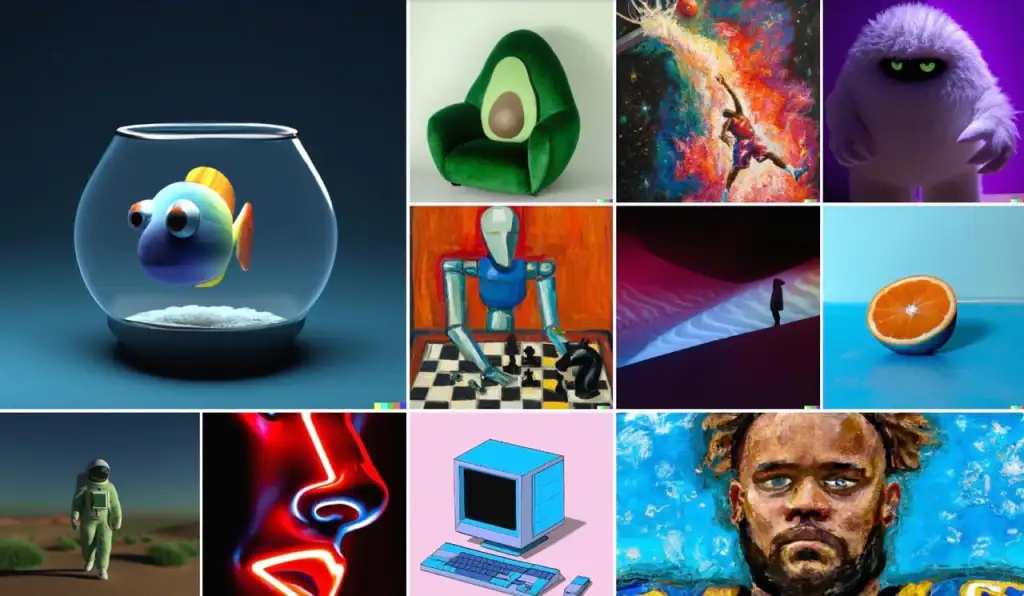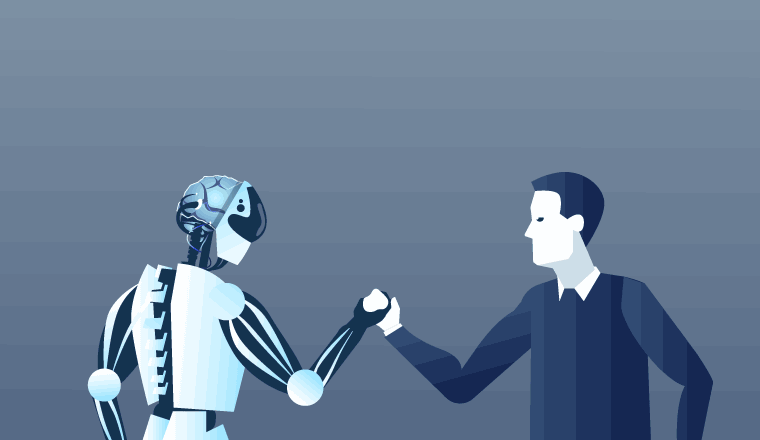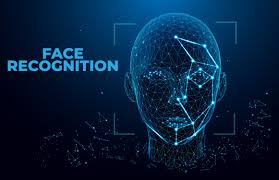Since last year, I have delved deeper into the capabilities of ChatGPT. This has left me astounded by its linguistic ability. My interest in AI has been piqued, and I have shifted my focus to Dall-E, an AI tool that creates visual images from textual descriptions. It feels like painting, but coded algorithms are the brushstrokes of creating the painting.
In our information strategy lectures, we have highlighted the important role visuals play in the real world. This has prompted me to challenge the open AI Dall-E: “Create a city of the future where buildings pulsate with digital code and clouds hum with musical notes.” Because I could not see the output, I had to rely on Dall-E’s description: an imagined metropolis with towering structures shimmering with binary sequences and clouds resonating with the cadence of melodies. This could be a testament to how digitalization will shape our environment in the future.
My intentions for this experiment weren’t merely about an AI creating images. I have questioned about the intersections of technology, art, and human ingenuity. Dall-E stands as a beacon for what is possible in design and creativity in the future. Yet, I can’t stop thinking if tools like Dall-E will redefine the essence of design professions. As creative AI is involved, where does human creativity fit in the future?
In this innovative era, we’re at the brink of an AI-powered revolution. Engaging with AI tools like Dall-E makes it possible to actively shape the discourse and ensure a harmonious balance of machine efficiency and human creativity, as the boundary between human and machine creativity blurs. We are tasked to navigate this evolving landscape.



